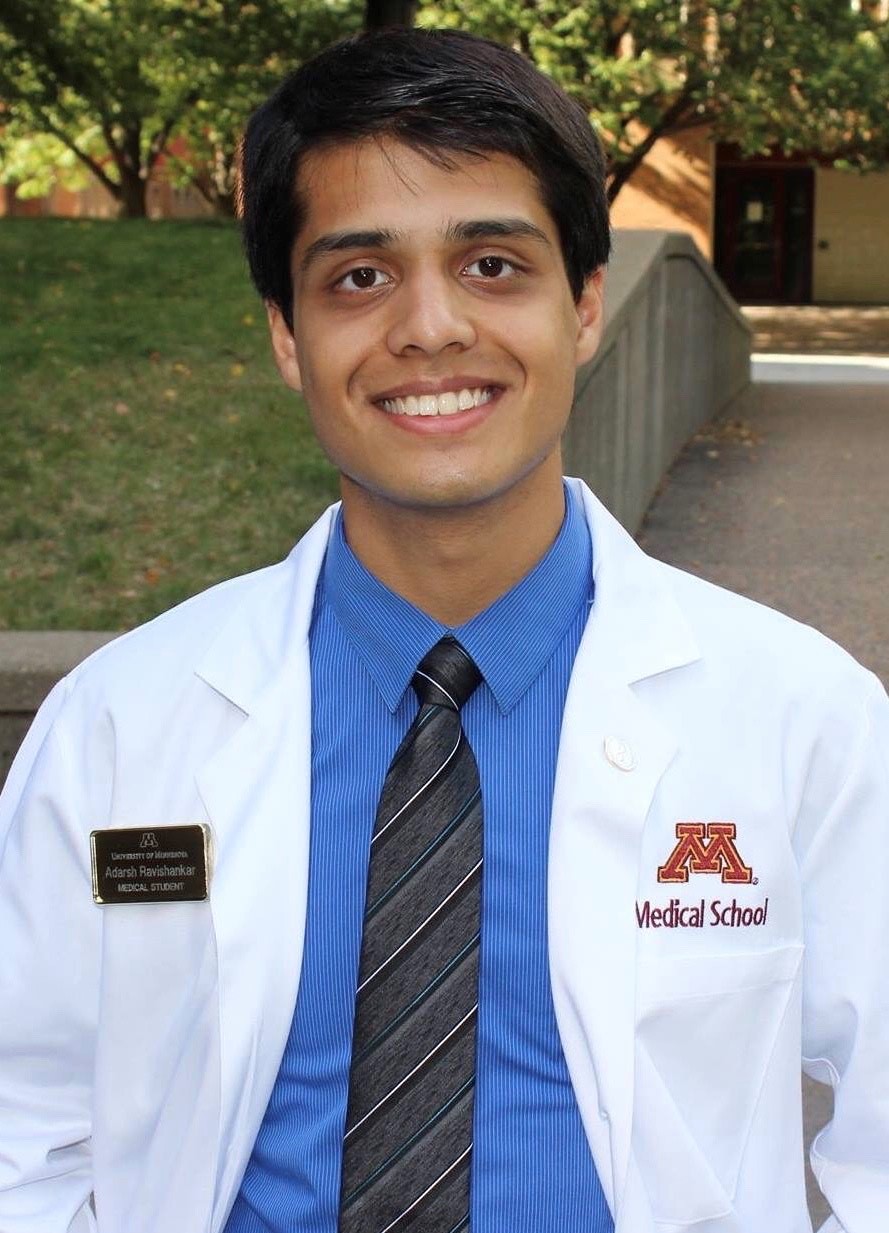Study demonstrates how institutions can standardize laser safety in a relatively short period of time.
Wausau, WI (December 18, 2019) – Laser treatments have safety risks that may be avoided with the implementation of standardized laser safety procedures. However, physicians may be hesitant to implement these projects for the fear of decreased clinical efficiency. In this paper, the authors describe the implementation of a quality improvement project within their academic institution’s new laser program, which included multiple interventions in the areas of laser maintenance protocols, improved laser safety measures, and better training for staff, residents, and students. By performing staff audits and tracking patient time in clinic, they demonstrated that these interventions led to an overall compliance rate of 98%, with no significant changes to clinic efficiency.
 Adarsh Ravishankar, MS3
Adarsh Ravishankar, MS3
,
The letter to the editor, published in Lasers in Surgery and Medicine (LSM), the official journal of the American Society for Laser Medicine and Surgery, Inc. (ASLMS), was selected as the December 2019 Editor’s Choice.
The study, led by Ronda S. Farah MD and co-authored by Adarsh Ravishankar, MS3, is titled “Implementing Laser Safety Standards in the Outpatient Academic Dermatology Clinic: A Quality Improvement Based Study.”
This project came to fruition as part of a quality improvement project course at the University of Minnesota driven by medical students. In 2014 the University launched the University of Minnesota of Health Cosmetic Center. This new program resulted in the rapid growth of the energy-based device program within the Department of Dermatology. This expansion not only impacted patients, but also exposure and learning throughout the healthcare team including medical students, residents, physicians, physician assistants, and nursing staff. The project aimed to solidify laser safety within a large institution without impacting clinical schedules and patient wait time.
“We hope these findings will influence clinicians to implement strict laser safety protocols, and to allay concerns that such interventions will affect clinical efficiency. We have made our documentation available as supplementary material, to aid other clinicians in implementing similar changes to their clinical sites,” said Farah.
Ronda Farah, MD is an Assistant Professor in the Department of Dermatology at the University of Minnesota. She is also Director of Medical Dermatology at the University of Minnesota Health Maple Grove Clinics and the Founder and Lead of the University of Minnesota Health Cosmetic Center. Dr. Farah has a special interest in laser treatments for skin diseases and aesthetics. She also is an expert within the field of alopecia. She completed her medical education at the University of Minnesota Medical School and dermatology residency at the University of Iowa Hospitals and Clinics.
Editor’s Choice is an exclusive article published in LSM, the official journal of the ASLMS. View the complete manuscript.
The American Society for Laser Medicine and Surgery, Inc. (ASLMS) is the largest multi-disciplinary professional organization, dedicated to the development and application of lasers and related technology for health care applications. ASLMS promotes excellence in patient care by advancing biomedical application of lasers and other related technologies worldwide. ASLMS membership includes physicians and surgeons representing multiple specialties, physicists involved in product development, biomedical engineers, biologists, nurses, industry representatives and manufacturers. For more information, visit aslms.org.